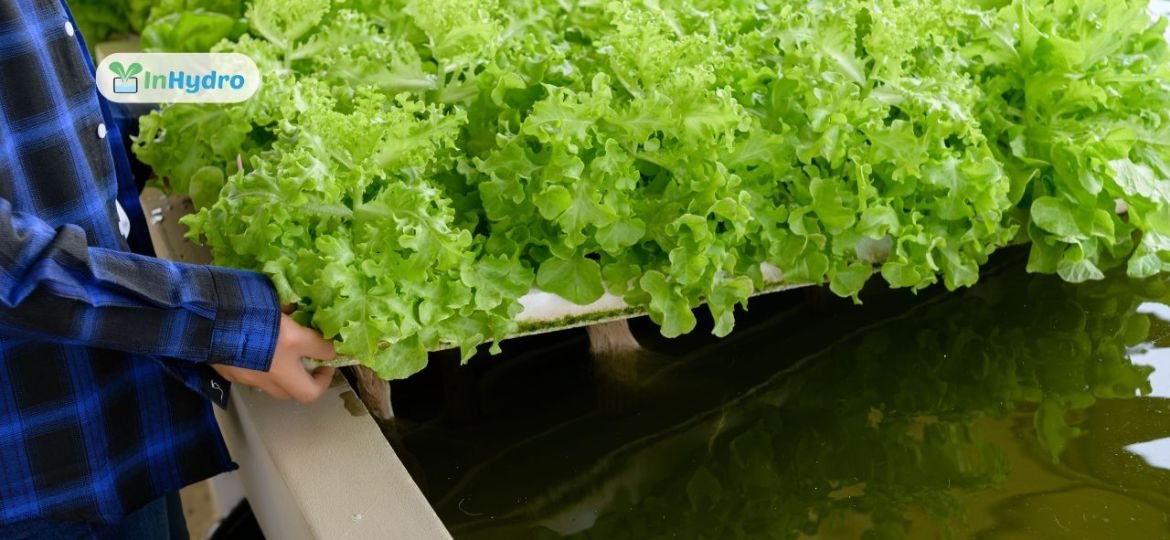
How Deep Water Culture (DWC) Hydroponics Can Revolutionize Urban Farming
As the world embraces the urgency of sustainable farming, Deep Water Culture (DWC) hydroponics is emerging as a game-changing solution for urban agriculture. This innovative method enables farmers to grow plants directly in water, without soil, using nutrient-rich solutions to provide everything crops need. Particularly suited for high-yield farming in compact urban areas, DWC hydroponics aligns perfectly with the goals of sustainable development and food security.
In this article, we delve into the fundamentals of DWC hydroponics, explore its benefits, and understand why it is a revolutionary tool in the quest for efficient urban farming.
What is Deep Water Culture (DWC) Hydroponics?
At its core, Deep Water Culture is a hydroponic system where plant roots are suspended in oxygenated, nutrient-rich water. The plants are typically housed in net pots with their roots fully submerged in the solution, allowing direct access to nutrients and water.
Key components of a DWC system include:
- Reservoirs: Holds the water and nutrient solution.
- Air Pump and Air Stones: Oxygenate the water to prevent root suffocation.
- Net Pots and Grow Media: Secure plants while allowing roots to grow freely.
Unlike other hydroponic systems, DWC requires minimal maintenance and delivers rapid plant growth due to the continuous availability of nutrients and oxygen.
Benefits of DWC Hydroponics for Urban Farming
1. Space Efficiency for Dense Urban Areas
DWC systems are compact, making them ideal for urban farming where space is a premium. From rooftops to balconies and indoor setups, DWC allows maximum crop yield in minimal space.
- Fact: A single square meter of DWC farming can produce several times more crops than traditional soil farming.
2. Accelerated Growth Rates
In DWC systems, plants have constant access to oxygen, water, and nutrients, resulting in faster growth compared to soil-based farming. This efficiency is crucial for urban farmers aiming to meet local food demands.
3. Water Conservation
Urban farming often faces water scarcity, but DWC systems recycle water, reducing waste significantly. Compared to traditional methods, DWC uses up to 90% less water, making it an eco-friendly choice.
4. Lower Operational Costs
DWC hydroponics eliminates the need for soil, weeding, and heavy machinery. Once set up, maintenance costs are minimal, making it cost-effective for small-scale and large-scale farmers alike.
5. Pesticide-Free Crops
Since DWC systems are often set up indoors or in controlled environments, crops are shielded from pests, reducing the need for harmful pesticides. This ensures cleaner, healthier produce.
How DWC Hydroponics Fits into Urban Farming
Urban Rooftop Farms
With city populations skyrocketing, unused rooftop spaces are being transformed into thriving farms using DWC systems. These setups reduce the carbon footprint by bringing food production closer to urban consumers.
Vertical Farming Integration
DWC systems can seamlessly integrate into vertical farming models, where multiple layers of crops are grown in stacked systems. This combination maximizes output while using minimal land.
Community and Educational Projects
DWC systems are simple to set up and operate, making them ideal for urban gardening workshops and educational programs. Schools, community centers, and even offices are using DWC to promote sustainable agriculture awareness.
Challenges of DWC Hydroponics and How to Overcome Them
While DWC hydroponics offers numerous advantages, it also presents challenges, particularly for urban farmers new to the concept.
1. High Initial Setup Costs
The upfront cost of reservoirs, pumps, and nutrient solutions can be a deterrent for small-scale farmers.
- Solution: Opt for modular or DIY DWC systems to reduce initial costs. Governments and organizations can also provide subsidies to encourage adoption.
2. Monitoring Nutrient Levels
Maintaining the correct nutrient balance is critical for plant health in DWC systems.
- Solution: Use affordable pH and EC meters to regularly monitor water quality and nutrient levels.
3. Temperature Control
Urban areas often experience extreme temperatures, which can affect DWC reservoirs.
- Solution: Insulate reservoirs or use chillers to maintain optimal temperatures. Indoor setups can also mitigate temperature fluctuations.
Future Potential of DWC Hydroponics in Urban Farming
The future of urban farming lies in innovative solutions like DWC hydroponics. Here’s why it holds immense potential:
- Integration with Smart Farming: IoT and AI technologies are being integrated into DWC systems, allowing remote monitoring and automation of nutrient delivery.
- Scalability for Commercial Farming: With advancements in modular systems, DWC hydroponics can scale from small urban gardens to large commercial farms.
- Circular Economy Opportunities: DWC systems can be paired with aquaponics or renewable energy sources, creating closed-loop, sustainable farming models.
Conclusion
Deep Water Culture hydroponics is transforming the urban farming landscape by providing an efficient, sustainable, and space-saving method for growing crops. With its ability to maximize output in compact spaces, conserve water, and reduce operational costs, DWC hydroponics is poised to play a pivotal role in addressing global food security challenges.
As urban populations grow and demand for fresh, local produce rises, adopting systems like DWC will be critical for building resilient, future-ready cities. Whether for small-scale home growers or large-scale urban farms, DWC hydroponics is not just a farming method—it’s a revolutionary step towards sustainable agriculture.

